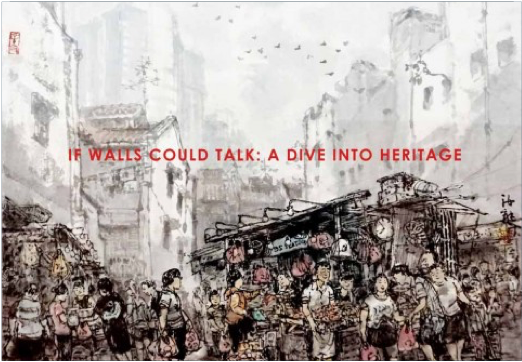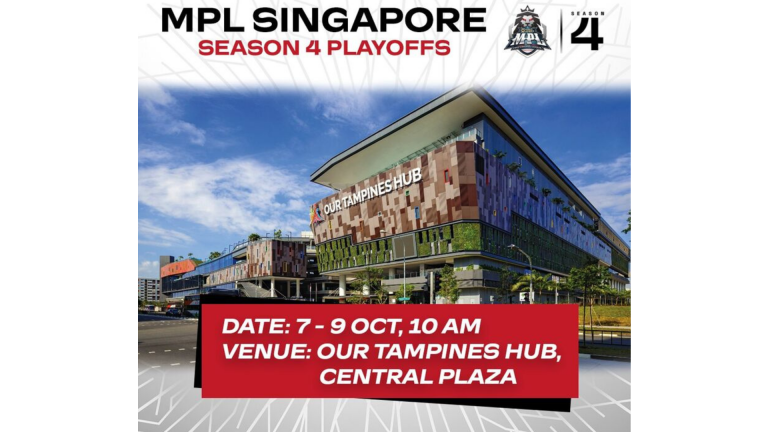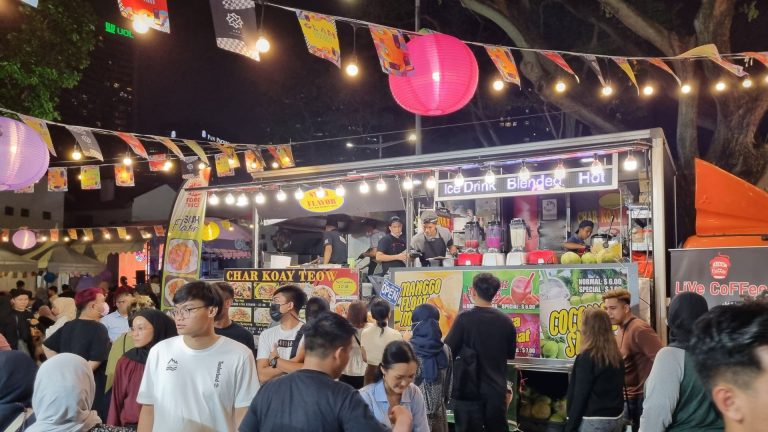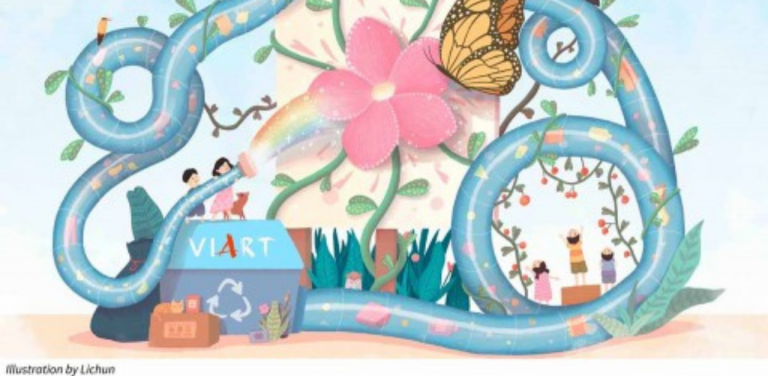Shophouses—a source of nostalgia—rows of charming narrow units that speak to us of Asian heritage and culture more strongly than virtually any other structure.
Constructed between the 1840s and the 1960s, these shophouses are a prevalent building type weaved into the urban fabric of most historic South-East Asian cities. These buildings are a testament to our melting pot of culture in South-East Asia, evidently by the gorgeous combination of Chinese, Malay, Peranakan and European elements in its architectural designs.
In our day and age where the progressiveness of our city’s advancements and economical infrastructure brings heightened demands for more space and business districts, these very buildings that were born from the colonization of our country, survived Japanese bombardment and the horrors of World War II and bore witness to our rapid modernisation is at risk of being lost to land repurposing. How does one preserve the history and vibrancy of life that once occupied the walls of these shophouses?
Beyond the preservation of historical documentation of title deeds and photographs, paintings of heritage can record the life of an era of the past. These paintings are not uncommon amongst the myriad of collections from second generation ‘Nanyang’ painters of the 50s and 60s.
If Walls Could Talk: A Dive Into Heritage, however, aims to capture the warmth and nostalgia of a bygone era by focusing only on the stretch of buildings that people once lived in and additionally, present accurate pictorial documentation of these walls. If walls could talk, what tales would they tell?
If Walls Could Talk: A Dive Into Heritage features a collection of paintings from South-East Asian artists, W.F Lee, Lui Cheng Thak and Tung Yue Nang.
More information here: eagles-eye.com.sg











